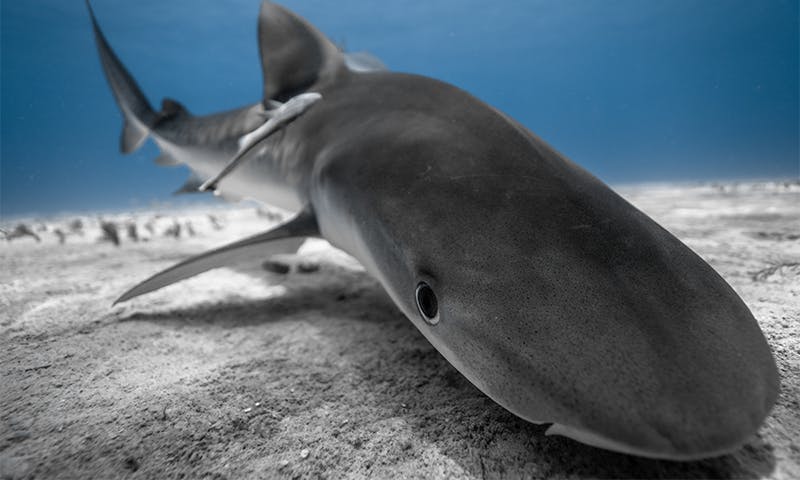The world knows SARS-CoV-2 intimately now, but there are more than 200 virus species capable of infecting humans and causing disease. And they all want to do the same thing: invade the host cells, hijack each cell’s machinery and reproduce. The human immune response system has numerous levels of robust defense, but many invading pathogens — as we are seeing now with the omicron variant — have a way to break through.
In a new study of the Zika virus, Northwestern University scientists have discovered a key mechanism used by the virus to evade the antiviral response of the cell it is attacking. This finding contributes to a better understanding of how viruses infect cells, overcome immune barriers and replicate — information that is essential for fighting them.
Zika virus is responsible for one of the most recent viral disease outbreaks prior to SARS-CoV-2, andthere are no vaccines or drugs for Zika disease.The Northwestern research reveals how the virus suppresses interferon signaling — a key player in initiating the antiviral immune response — to gain access to the cells. Identification of this specific virus-hostinteraction offers a new target for antiviral therapeutics.
“Here we looked at a Zika virus protein known to inhibit the antiviral response,” said Curt Horvath, the paper’s corresponding author. “Interferon signaling is the cell’s immediate response to an invader. If Zika can block this first line of defense, it can replicate in the cell.”
Horvath and his lab study the ability of a virus to suppress the human antiviral response. He is professor of molecular biosciences in the Weinberg College of Arts and Sciences and professor of medicine and of microbiology-immunology at Northwestern University Feinberg School of Medicine.
The study was published recently in the Journal of Virology.
“Zika is a simpler virus than SARS-CoV-2, but SARS-CoV-2 does a lot of the same things to suppress the antiviral response,” Horvath said. “SARS-CoV-2 also does much more, which is one of the reasons it’s more harmful to us. Understanding how one virus escapes or modifies the host antiviral response may help us learn about other viruses and also contribute to pandemic preparedness.”
Zika, identified in humans in 1952, is a member of Flavivirus family that includes dengue, hepatitis C, yellow fever and others. The Northwestern paper describes how Zika virus, through a protein called NS5, targets a cellular antiviral immune response mediator, STAT2, to escape detection by host cells. The virus’ NS5 protein degrades the cellular host’s STAT2 protein, effectively shutting down the cell’s protective interferon response.
STAT2 is an essential component of the interferon response and a common target of Zika, dengue and other Flaviviruses.
The mechanistic machinery involved in specific STAT2 targeting in human cells is poorly understood, Horvath said. The Northwestern findings add to the growing understanding of Zika virus immune evasion, identifying the essential NS5-STAT2 interface in cell-based functional experiments.
Horvath and his team used molecular biology, biochemistry and fluorescence microscopy techniques coupled with virus infections to characterize Zika virus-mediated immune evasion and to dissect the essential components of the Zika virus-STAT2 interaction. The researchers demonstrate that an elongated region of the STAT2 protein called a “coiled-coil domain” is necessary and sufficient for interaction with the Zika virus protein NS5, which tags STAT2 for proteasome-mediated degradation.
Identification of the NS5 protein-STAT2 protein interaction provides a target for creating new ways to fight infection, including compound screening and chemical biology to develop new probes and drugs or enable the formulation of new vaccines or antibody therapeutics.
Horvath also is a member of Northwestern’s Chemistry of Life Processes Institute and the Robert H. Lurie Comprehensive Cancer Center of Northwestern University.
Other authors of the paper are Jean-Patrick Parisien (first author), Jessica J. Lenoir andGloria Alvarado, all of Northwestern’s department of molecular biosciences.
Story Source:
Materials provided by Northwestern University. Original written by Megan Fellman. Note: Content may be edited for style and length.
Note: This article have been indexed to our site. We do not claim legitimacy, ownership or copyright of any of the content above. To see the article at original source Click Here













